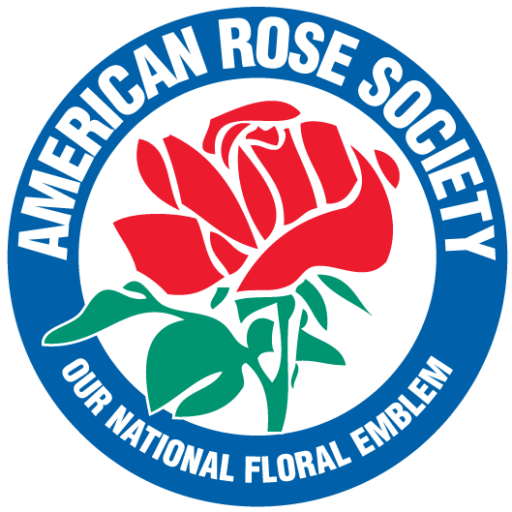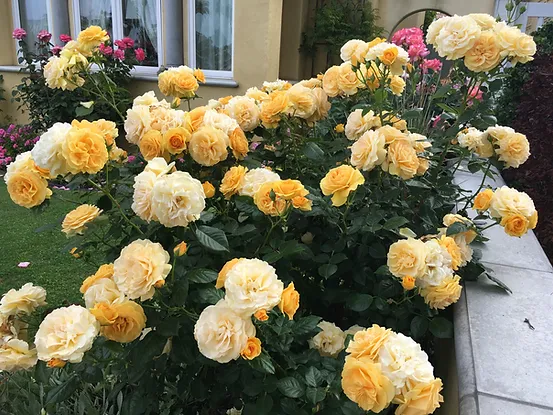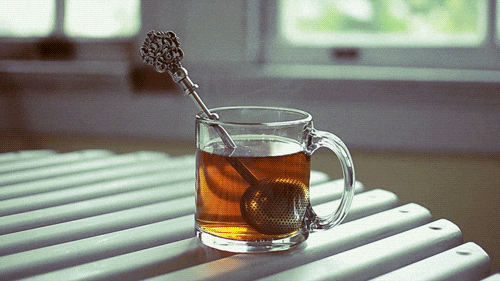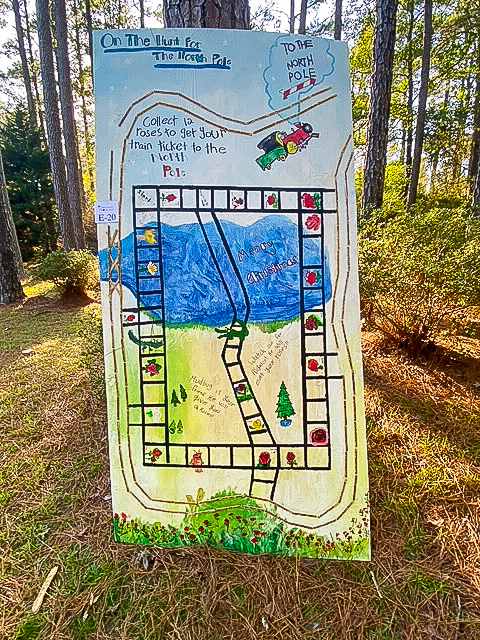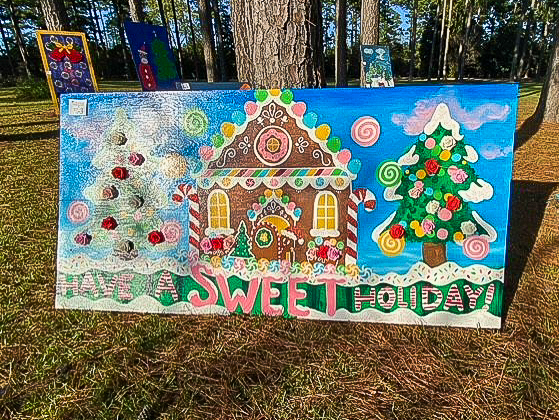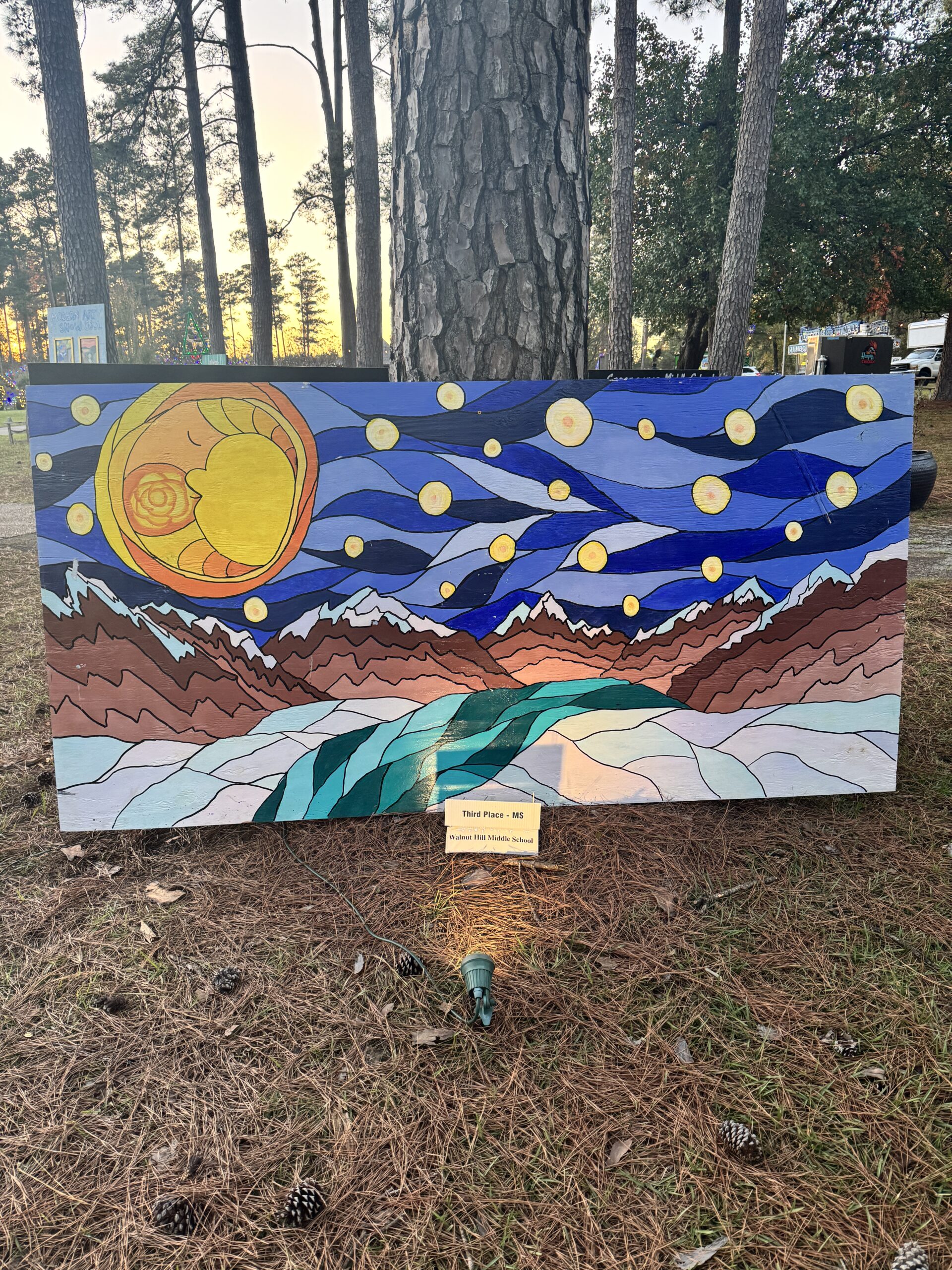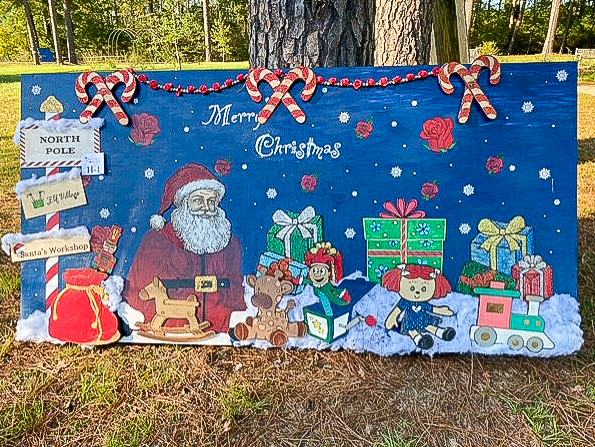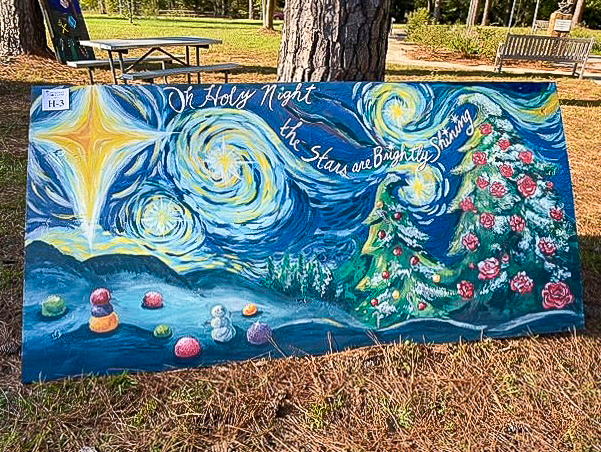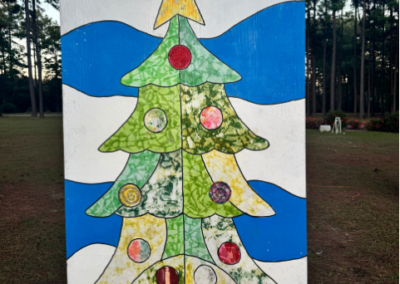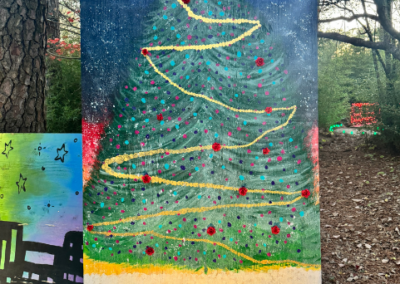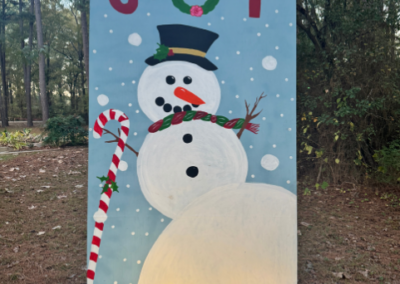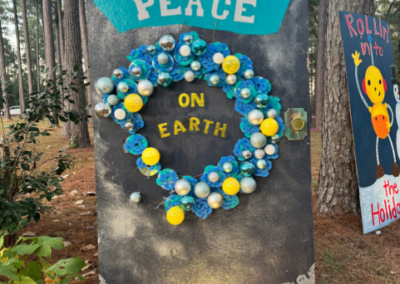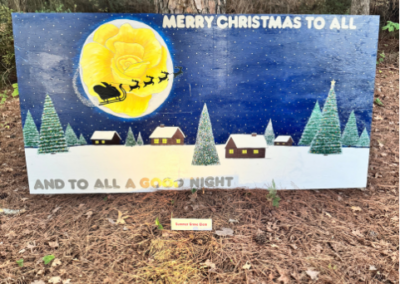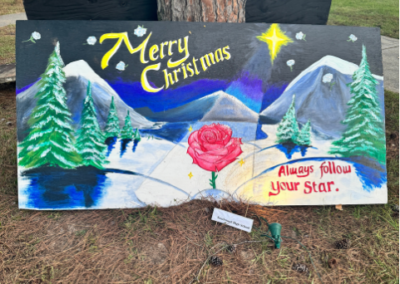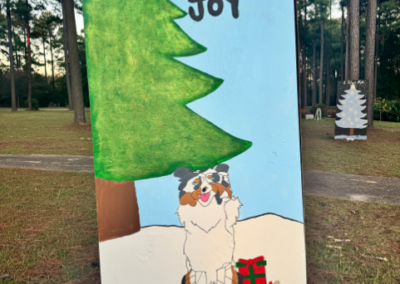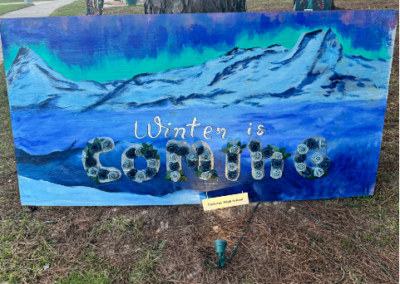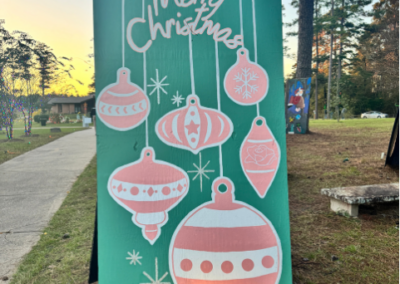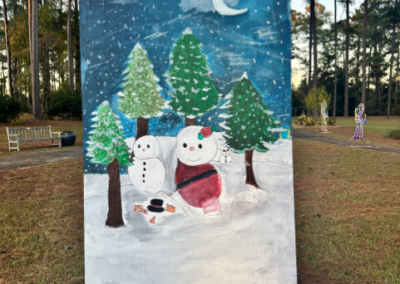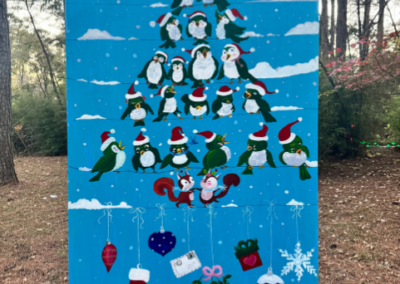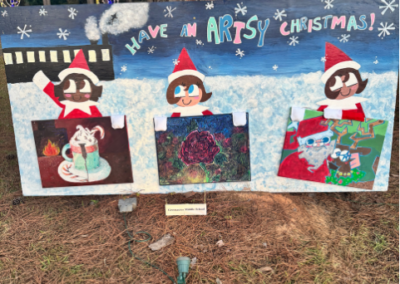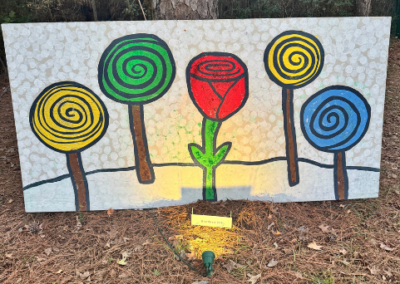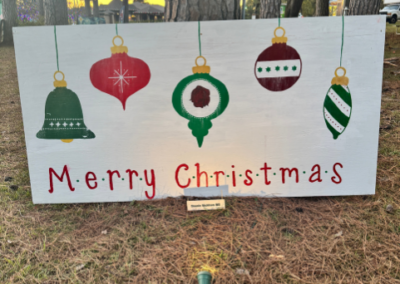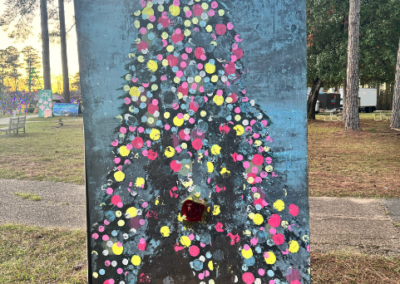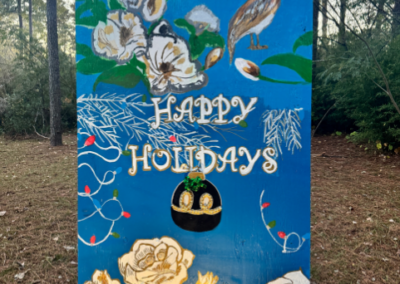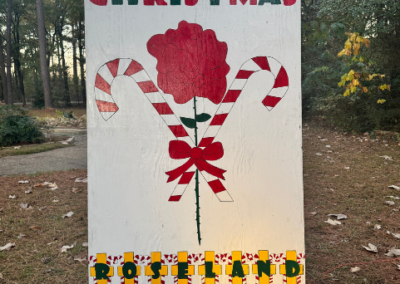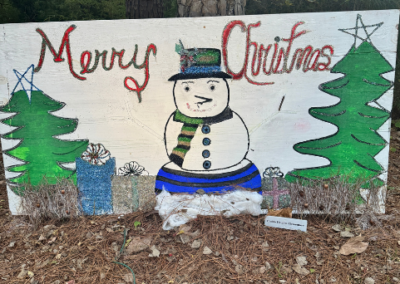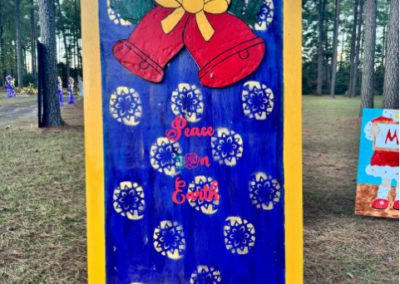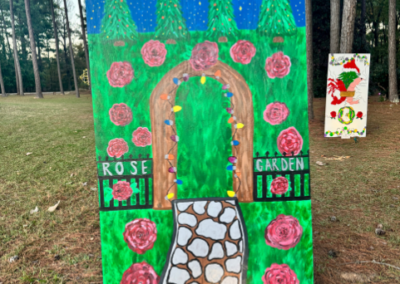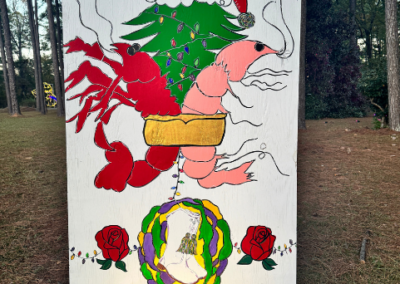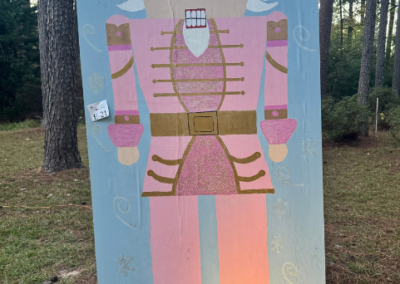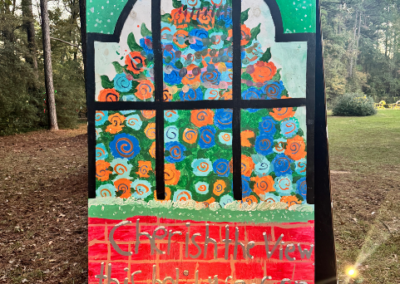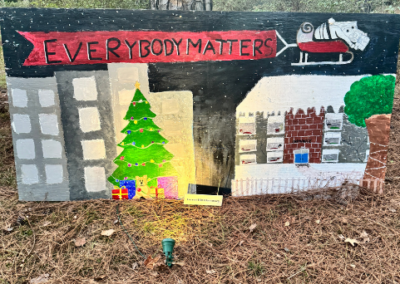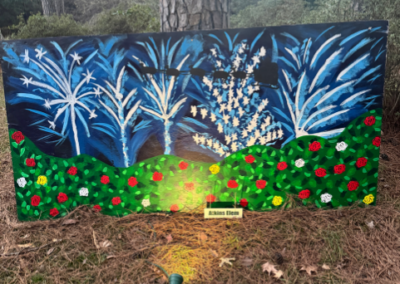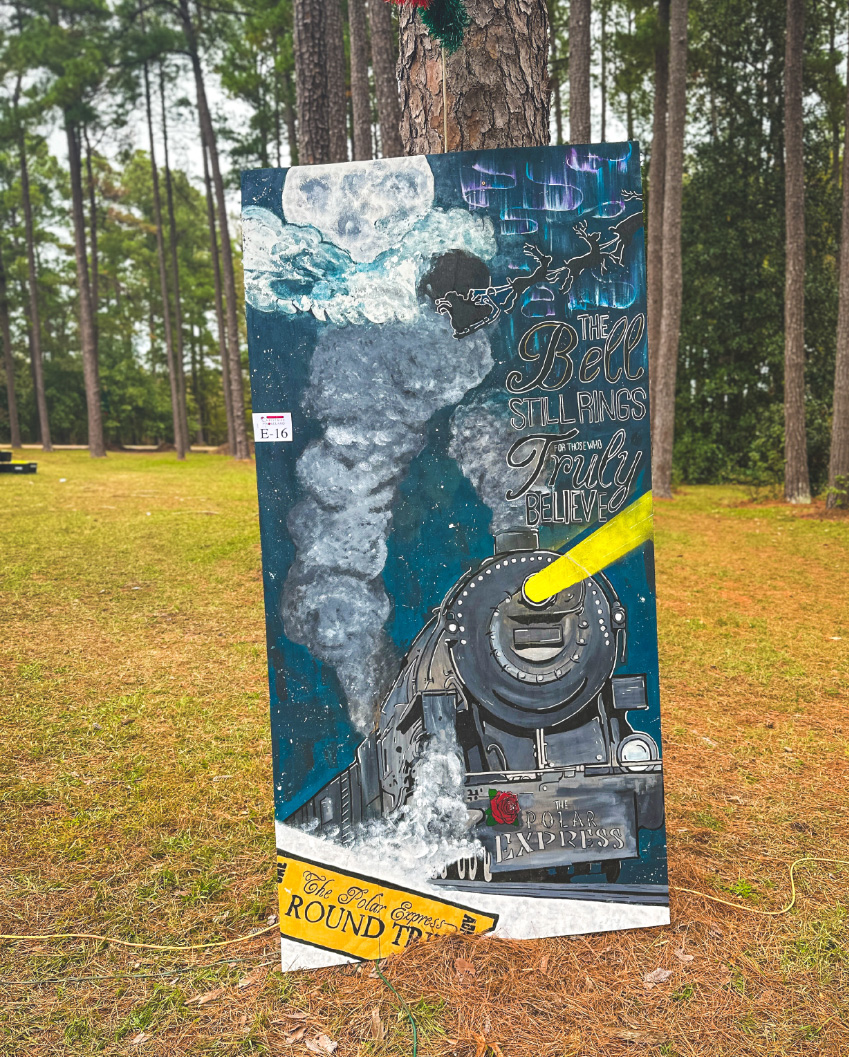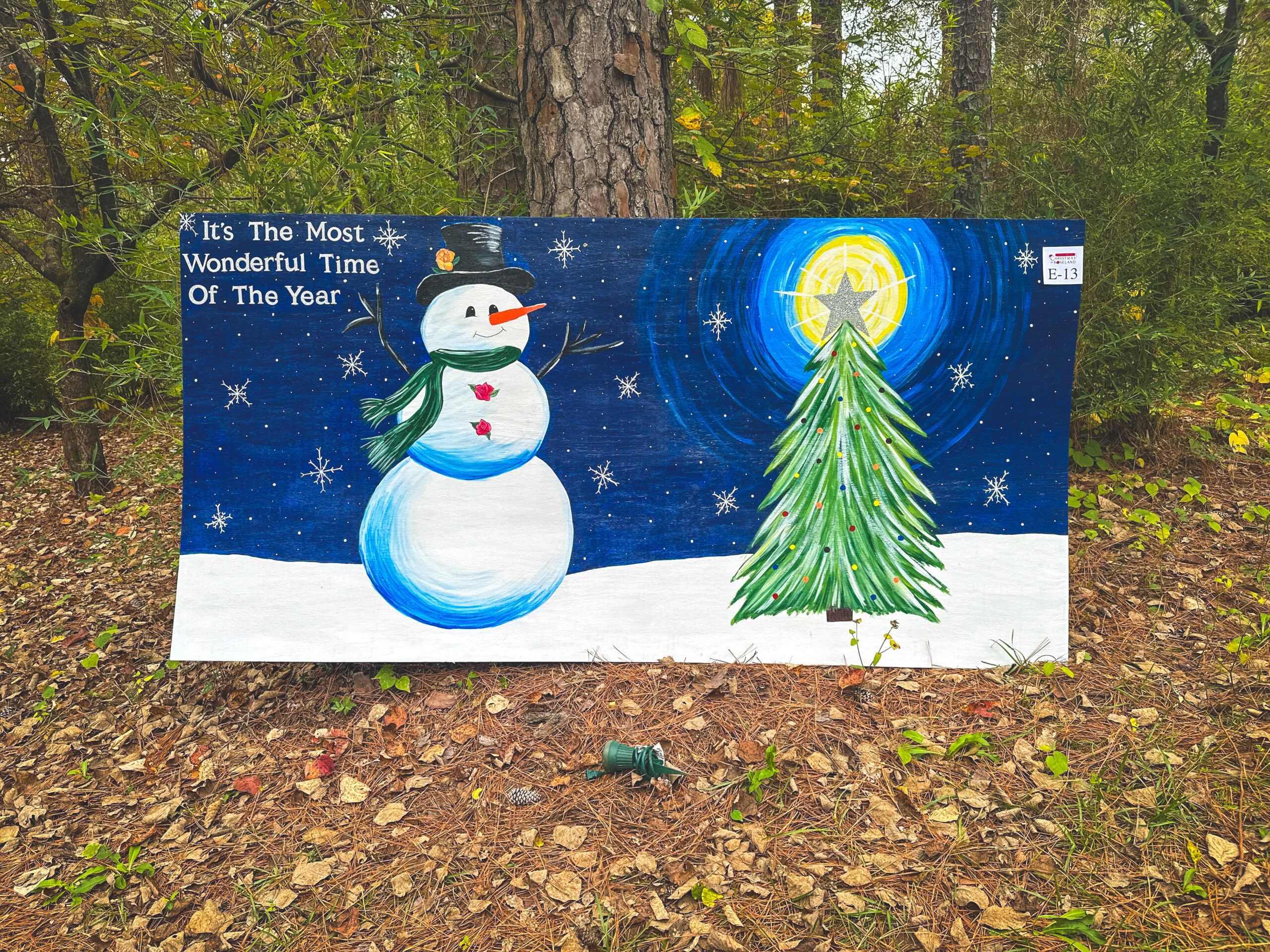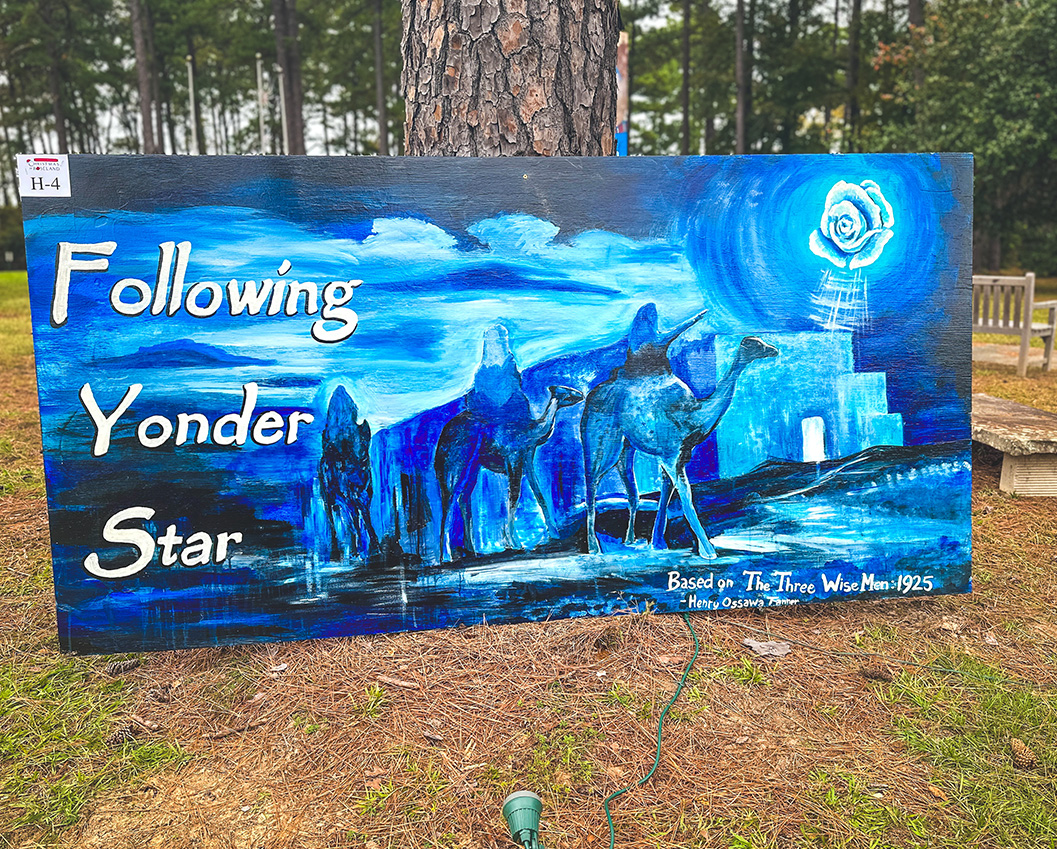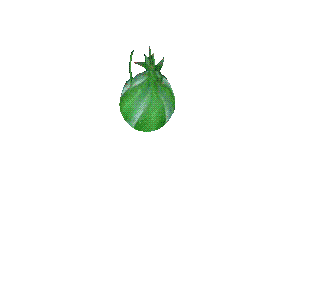Rita Perwich
Consulting Rosarian, San Diego Rose Society
Roses & You, June 2020
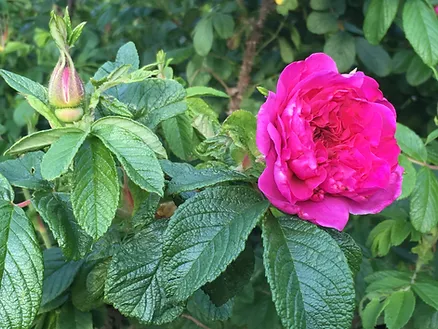
Unblemished lush green leaves are a good indication that our plants are thriving, well watered and happy. Leaf abnormalities, on the other hand, are often signals that our roses are under attack or in distress. Causes are varied and can be due to environmental problems, chemical toxicities, mineral deficiencies and fungal and viral pathogens. A plant will respond to these conditions with symptoms that include wilting, spotting, color irregularities or misshapen leaves. Pests leave telltale signs of their presence with damage such as distorted leaves, webbing and holes. Identify trouble by learning to read your roses’ leaves, and then take action when appropriate.
Environmental Problems
Yellow or Brown leaves can have several very diverse causes:
Yellow leaves that drop can be a sign that there is not enough oxygen in the soil. This is often caused by over watering or inadequate drainage. On container plants, make sure the drainage hole is not plugged, and in very clay soils, consider growing your roses in raised beds.
On the opposite spectrum, yellow, drooping and wilting leaves, or leaves with brown tips can mean that your plant needs more water.
Don’t panic if your otherwise healthy and vigorous plant has some yellow and brown leaves. It is normal for old leaves to turn yellow, then brown and drop.
Leaves that are Distorted and Deformed. Phytotoxicity is the toxic effect on a plant due to compounds such as pesticides, herbicides, metals and salts.
Needle-like shoots and leaves are an indication of glyphosate (Roundup) damage. Even the tiniest amount of spray drift can injure your roses.
Burnt or brown tips and blotches. Fertilizer burn or pesticide toxicity can show up as brown or burnt leaf tips or leaf edges, or blotches on the entire leaf surface. Nutrient toxicity, the accumulation of soluble salts in the soil, is common in the rose garden especially with constant use of synthetic fertilizers. In addition to tip and marginal browning of leaves, it can stunt plant growth by interfering with water availability in the root zone. Salts must be leached from the soil by deep watering. Always follow fertilizer and pesticide label directions, do not over-fertilize and water your roses before and after you apply fertilizer. Improve soil drainage and the overall health of your soil with the addition of organic fertilizers and mulches.
Common Nutritional Deficiencies
When a plant lacks a required nutrient for growth, symptoms include reduced shoot growth and leaf size, yellowing of leaf tissue due to a lack of chlorophyll or death of plant tissue. Our roses need the primary nutrients, nitrogen (N), phosphorus (P) and potassium (K). They also require three secondary elements, calcium, magnesium and sulfur, and trace amounts of the micronutrients, boron, chlorine, copper, iron, manganese, molybdenum, nickel and zinc. When you apply fertilizer, check that you are periodically using a product that includes all these essential elements for rose growth. Deficiencies of an individual nutrient can result either when there is an inadequate amount of a specific nutrient in the soil or it is unavailable to the plant often due to an incorrect soil pH. The ideal pH for roses is 6.5 If your soil tests too alkaline, sulphur or aluminum sulphate can be used to add acidity to the soil. The most common way to raise the pH is to add pulverized limestone to the soil.
The most common deficiencies in roses are nitrogen and iron.
Primary Element Deficiencies
Nitrogen Deficiency causes the leaves to have a uniform, light green to yellow-green color starting from the bottom of the plant. Leaves turn progressively more yellow. You may notice a reduction in leaf size, spindly stems and poor growth. Apply fertilizer with nitrogen, or amend the soil with blood meal, alfalfa and compost. A low pH can also cause nitrogen to be unavailable to the plant.
Phosphorus Deficiency may be indicated by leaves at the bottom of the bush turning a purplish color.
Potassium Deficiency shows in the older leaves first, with a yellowing and browning along the leaf margins. This deficiency may be one of the causes for the development of blind shoots.
Secondary Element Deficiencies
Magnesium Deficiency which is common in sandy soils is manifested first by older leaves which may cup down, be of reduced size or display chlorosis between the veins.
Sulphur Deficiency is suspected when leaves are light green with lighter-green veins.
Calcium Deficiency may be indicated when young leaves are distorted and older foliage become a dull green or curl down at the margins.
Some Micronutrient Deficiencies
Iron is an immobile nutrient so an iron deficiency will be apparent in the upper newer leaves. The veins on the younger leaves will be green and the remainder of the leaf will be yellow. If the deficiency is not addressed, the youngest leaves, including the veins, become very pale yellow and very small. Apply iron in chelated form which is more readily available for uptake and may be applied to either the soil or foliage. The leaf symptoms can also indicate an alkaline pH which binds the iron in a form that the plant cannot absorb.
Manganese Deficiency can cause interveinal chlorosis in the leaves and a netted appearance.
Molybdenum Deficiency may be indicated when the youngest growth shows wilting and there is tip scorching on the leaves.
Zinc Deficiency may be suggested by malformed and distorted new growth such as twisting of leaves or leaves that form a rosette.
Copper Deficiency may be the cause of young leaves developing light edges.
Boron Deficiency is possible when new growth ceases or withers, and when leaves do not develop or are distorted.
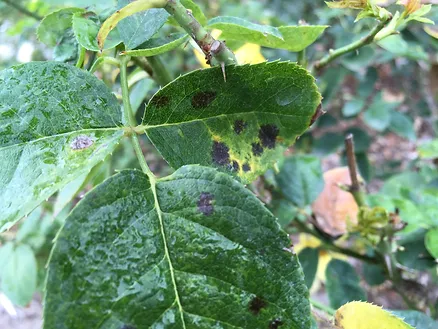
Fungal Diseases
Rose varieties vary greatly in resistance. Do your research and buy resistant roses. Lessen fungal disease by planting in the sun, spacing properly, pruning annually and maintaining a clean garden.
Powdery mildew can be identified by a white talcum-powder-like growth on the top and bottom of the leaves and stems. Plants with glossy leaves are often less susceptible to mildew. A high-pressure spray of water will remove mildew spores that haven’t imbedded themselves into the leaf but do this early in the day to prevent water-initiated rust and black spot.
Black Spot infected leaves are distinctive because the spots have feathery margins on the upper side of leaves. The affected leaves must be bagged up and removed to the trash.
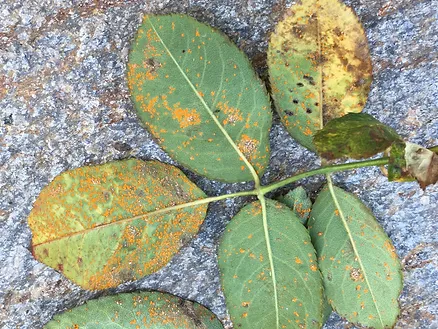
Rust is very prevalent in cool, moist weather and can be a problem in coastal areas and in inland areas in wet years. The rust colored powdery pustules are on the undersides of leaves. Avoid overhead watering and dispose of all rust affected leaves on the plants and those that have fallen off.
Anthracnose has red, brown or purple spots that darken with age. This fungal disease does not seem to affect the vigor of the bush but cut out affected leaves.
Downy Mildew has angular purple, red, or brown spots that appear between veins on leaves and then become yellow and drop. This fungal disease requires moist, humid conditions to develop, and infected leaves and stems must be removed from the garden immediately.
Viruses
Rose Mosaic Virus can cause yellow zigzag patterns, splotching, mosaics, line patterns and dark green spots or streaks. The problem largely is unsightly and may possibly decrease plant vigor. The virus infects roses through the propagation of plants and is not vectored by insects.
Rose Rosette Disease New shoots will be bright red and deformed, leaves are obviously abnormal and very narrow. The virus is transmitted by the eriophyid mite. Plants suspected of RRD must be removed, including roots, and destroyed.
Insect and Mite Damage
Leaf-Sucking Pests:
Wrinkled New Foliage. Aphids love succulent tender new growth and can distort the new foliage. Knock aphids off with a forceful spray of water.
Black Sooty Mold. Copious amounts of honeydew secreted by sucking insects can result in the growth of sooty mold which blackens the leaves. Control ant populations which protect sucking pests from insect predators.
Misshapen, Distorted, Bronzed New Foliage. Chilli thrips attack fresh new foliage as well as buds. Look for bronzing on the underside of new misshapen foliage. This is a very hard pest to control. You must cut out and bag all new growth and may need to spray with Spinosad.
Stippled Leaves, Webbed Foliage. Spider mites are hard to see but cause leaves to be stippled or bleached. There is often a fine webbing on the underside of leaves. Defoliation can occur especially in hot weather. Control with forceful jets of water directed to the underside of leaves three to four times a week.
Leaf-Chewing Pests:
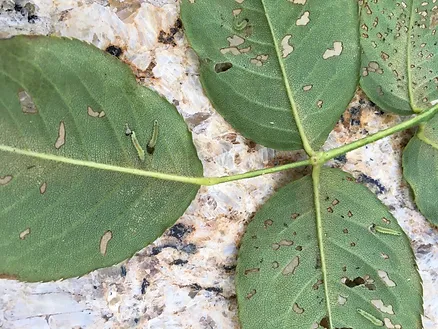
Skeletonized Leaves. Rose slugs look like small green caterpillars and feed on the underside of the leaf. Squish them with your fingers or remove the leaves. B.t. will not eradicate rose slugs as they are sawfly larvae and not caterpillars.
Leaves with large irregular-shaped holes. The brown fuller rose beetles chew foliage and flowers at night leaving notched or ragged edges. Drop the beetles in a bucket of soapy water.
Leaves with semi-circular holes. Leaf-cutter bees cut these holes in leaves to line their nests. Bees are important pollinators so take no action other than to admire their precision. .
Leaves rolled and tied in webs and leaves with irregular holes. The rose budworm and other caterpillars chew holes and some may tie leaves with silk. Hand-pick them and clip rolled leaves. You can spray with Bacillus thuringiensis (B.t.) which does not harm our beneficial insects, spiders or birds.
Leaves devoured. Grasshoppers chew leaves (and flower petals) and you should strive to catch them but you have to be fast!
Learn to read the leaves because healthy leaves guarantee beautiful blooms.
